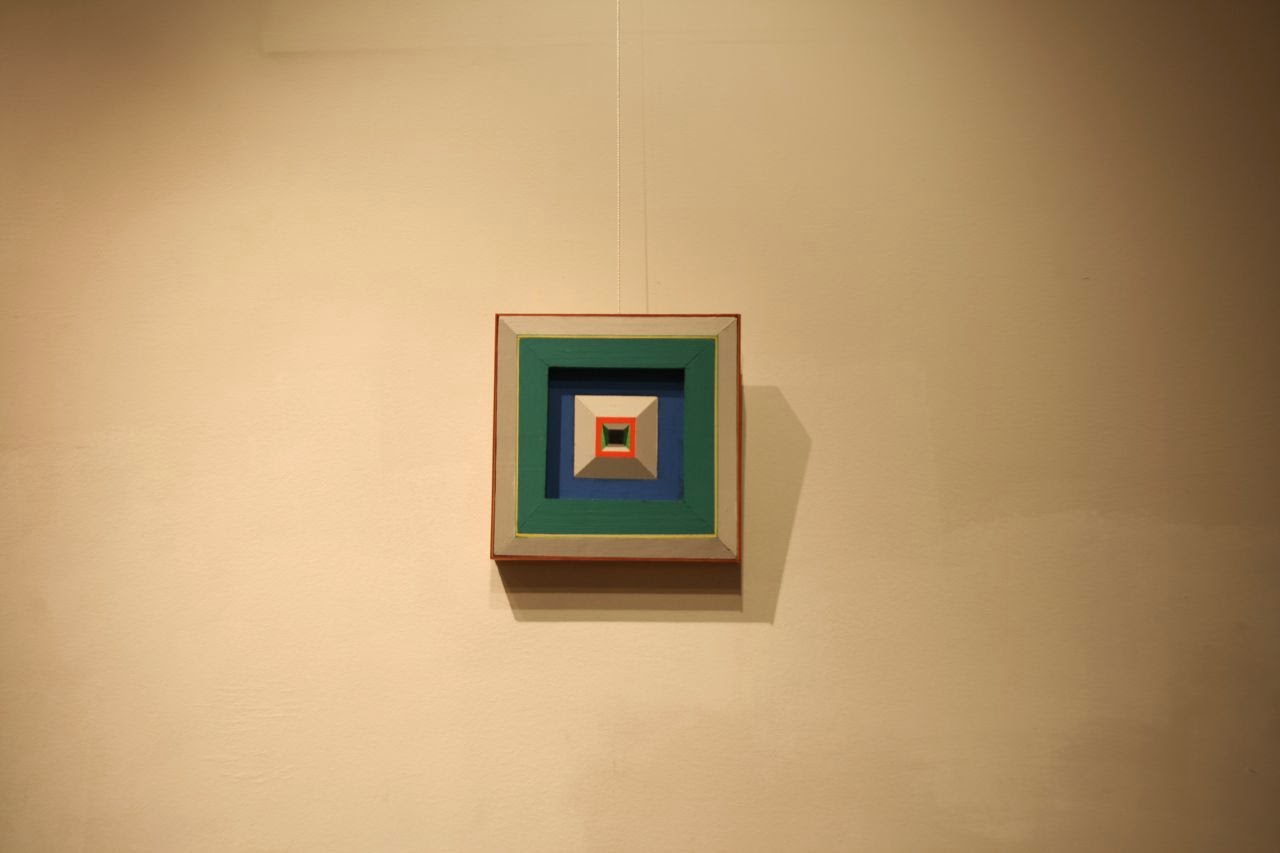Details further to those on this page can be found at
the 5th Moscow Biennale special program official website
the 5th Moscow Biennale special program official website
Place and Date of Exposure:
- The State Central Museum of Contemporary History of Russia, 12 Tverskaya Street, 125009, Moscow
- 12th September (7 p.m.) ~ 28th September 2013.
- For directions, please see the State Central Museum of Contemporary History of Russia website
IPP Exhibit Layout:
(Note: minor alterations to the plan have been made)
IPP Moscow Participants:
Ten participants from a range of fields contributed to the IPP Moscow Biennale Special Program.
Keita Hayashi – video art
Shuji Kaneko – printing
Etsutomu Kashihara – fine art
Nagahiro Kinoshita – history of thought
Minoru Morikawa – installation art
& Yo Hamada – comparative religious studies
Keisuke Sugiura – haiku poetry
Kenji Tamai – woodcraft
Hiroyuki Tsubomi – brain science studies
Masako Yasuki – painting
IPP was pleased to incorporate the work of two new members to the team in 2013: Shuji Kaneko and Kenji Tamai.
printmaking – Shuji KANEKO
 Shuji Kaneko was born in Chiba Prefecture, Japan in 1910. During his childhood, he was always drawing. Before World War II, he worked as a craftsman making geta (Japanese wooden clogs), and decided to live as an artist after the war. His impecunious life was enriched throughout by his absorption in his woodcut prints, oil paintings, water color paintings and calligraphy. He drew the landscape around his home with an original technique. Until his death in 1968, he never left the city of Choshi where he was born and raised.
Shuji Kaneko was born in Chiba Prefecture, Japan in 1910. During his childhood, he was always drawing. Before World War II, he worked as a craftsman making geta (Japanese wooden clogs), and decided to live as an artist after the war. His impecunious life was enriched throughout by his absorption in his woodcut prints, oil paintings, water color paintings and calligraphy. He drew the landscape around his home with an original technique. Until his death in 1968, he never left the city of Choshi where he was born and raised.Previous Shuji Kaneko exhibitions include:
- Choshi Port Tower (Chiba, Japan, 2000)
- Matsuyama Art Museum (Chiba, Japan, 2000)
- Nasu Museum (Tochigi, Japan, 2002)
- Matsuyama Art Museum (Chiba, Japan, 2003)
- Matsuyama Art Museum (Chiba, Japan, 2009)
- Ikebukuro Gallery (Tokyo, Japan, 2011)
- His works are also held in the collection at Chiba Prefectural Museum of Art
woodcraft – Kenji TAMAI

Kenji Tamai was born in Osaka, Japan in 1966. He is the owner of a local coffee shop called 'Sewing Table Coffee'.
Every day for a year, Kenji made a model ship until finally he had 365. These were first shown at the '08_09 Play with Ships' exhibition at Sewing Gallery (Osaka, Japan, 2009), and subsequently at Tambourin Gallery in Tokyo (Japan, 2010).
Every day for a year, Kenji made a model ship until finally he had 365. These were first shown at the '08_09 Play with Ships' exhibition at Sewing Gallery (Osaka, Japan, 2009), and subsequently at Tambourin Gallery in Tokyo (Japan, 2010).
For details of other IPP participants and their works, please click the links in the side bar.
IPP coordinators
Keita Hayashi
Masako Yasuki
The Moscow Times
Critical Reception:
The following is an extract from a review in The Moscow Times. The full article by Diana Kondrashin is available online.
Since the first appearance of the Moscow Biennale of Contemporary Art in 2003, the biennale has brought together local and foreign artists to show contemporary conceptual works for about a month or two every two years.... This year, one of the special exhibits preceding the 5th Biennale is being held in the Museum of Contemporary History of Russia in the same hall as an exhibition of Russian folk crafts, inspiring the participants to create cross-cultural works.... Moscow-based Japanese artist Mayuko Ogawa ... organized the participation of a Kyoto-based group, IPP, whose members are not only artists but are also psychologists and scientists.
"When the Japanese group was invited to Russia, we hoped that mixing with Russian artists would give them a different perspective and inspire them. Art happens in your surroundings, so if you change the surrounding, it completely breaks the idea and gives room for experiment," Ogawa said to The Moscow Times.
‘Art happens in your surroundings, so if you change the surroundings, it … gives room for experiment.’
Mayuko Ogawa
Japanese artists have always had a taste for combining new forms with traditional symbols. The IPP group deals with video, paintings, mirror reflections, cloth and wooden objects. It is common for contemporary art to use violent and provocative imagery, but IPP uses more subtle space in which symbols become hiding places for other symbols and reveal their essence in complex dimensions. One can recognize interpretations of ancient oriental silkscreens in works of Masako Yasuki, or, even more flattering, a meeting point between Russian and Japanese culture in "The Sacred Bells" by Minoru Morikawa, made of artifacts bought at a Moscow fair — cups, a faceted glass, vases and matryoshkas — connected to a five-yen bell tongue and a piece of paper with a poem on it. The center of the installation is a giant vertical [sic] [recte horizontal] mirror that projects a videoclip of "breathing" trees right on the surface of the Corinthian columns under the ceiling.
The Moscow Times






















































0 件のコメント:
コメントを投稿